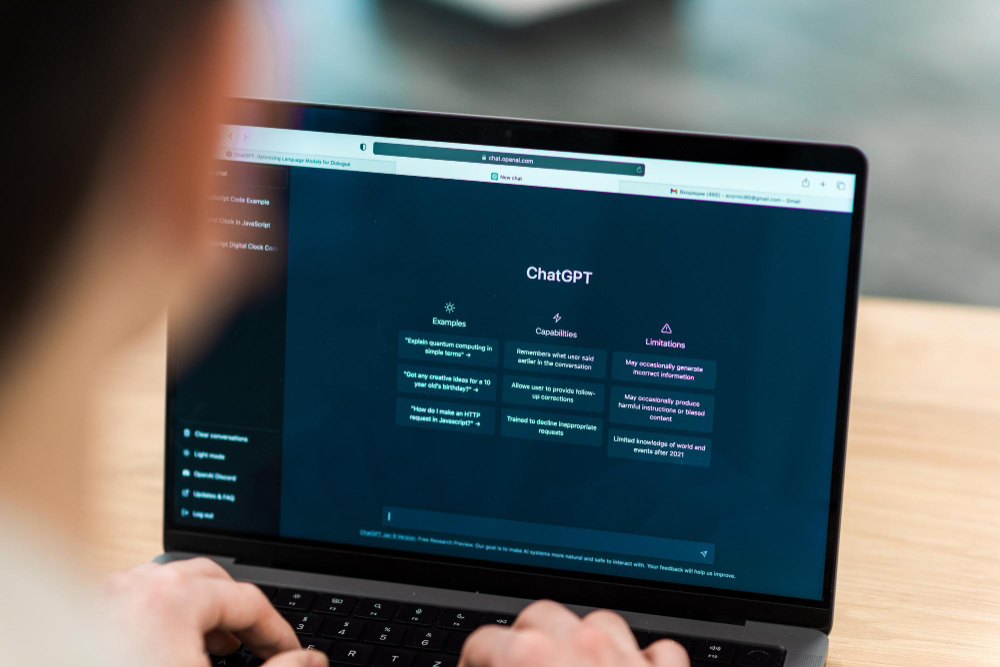- Provides thorough analysis of submitted files or URLs, enhancing detection of malicious content.
- Allows users to comment on files and URLs, share notes, and contribute to the collective understanding of potentially harmful content.
- Offers tools like VirusTotal Graph to visualize connections between files and potentially suspicious online entities.
- Offers a comprehensive guide with basic information and examples for different cybersecurity scenarios.
- For large educational institutions with a high volume of files and URLs to analyze, scalability might be a concern, leading to delays in analysis or increased costs.
- May require integration with existing IT systems in educational institutions, which could be complex and time-consuming.
- Hack Splaining Need to Understand Cyber Threats in Development? How to Get Started?
- Temp Mail What’s the Secret to Staying Anonymous Online with Your Email?
- Codecademy Interactive Learning: Where Dreams Meet Code
- Excalidraw Work on Your Ideas First, Share When Ready: Excalidraw’s Private Whiteboard Canvas
Table of Contents
- Understanding Sandbox Technology
- Introducing VirusTotal
- How Education Institutions Can Shield Themselves from Malware Using VirusTotal
- Comprehensive Malware Detection and Analysis
- User-Friendly Interface and Accessibility
- Community Contribution and Collaboration
- Real-Time Updates and Detailed Results
- Extensive Tools and Extensions
- Global Impact and Security Enhancement
- Advanced Threat Hunting and Analysis
- Collaborative Security Enhancement
- Educational Resources and Learning Support
- Final Thoughts
As technology continues to advance and become increasingly integrated into all aspects of education, the threat of cyber attacks and malware has become a major concern for educational institutions.
These attacks not only compromise sensitive data but also disrupt the learning environment for students and teachers. With the rise of remote learning due to the COVID-19 pandemic, the need for effective malware detection and prevention has become even more critical.
This is where VirusTotal Sandbox Technology comes into play. Utilizing advanced techniques such as behavioral analysis and machine learning, this technology provides a powerful defense against malicious software.
In this article, you will explore how VirusTotal Sandbox Technology works, its benefits in detecting and preventing malware in education, and how educational institutions can incorporate it into their overall cybersecurity strategy.
Understanding Sandbox Technology
Sandbox technology refers to a security mechanism that creates a safe, isolated environment, like a 'sandbox', where potentially harmful software can be run and analyzed without risking the broader system or network. This is particularly relevant in an educational setting, where a wide variety of software and digital tools are used, and ensuring their safety is paramount.
Introducing VirusTotal
VirusTotal is an online malware scanner platform that allows users to analyze suspicious files and URLs to detect various types of malware. It acts as a comprehensive tool for both cybersecurity professionals and educational users by providing an easy-to-use interface for submitting files or links for analysis.
The core of VirusTotal's effectiveness lies in its utilization of sandbox technology. When a file or URL is uploaded to the platform, it undergoes thorough analysis in an isolated environment. This sandbox approach ensures that any potential malware contained within the file cannot affect the user's system.
How Education Institutions Can Shield Themselves from Malware Using VirusTotal
Here are some benefits of using VirusTotal for educators;
Comprehensive Malware Detection and Analysis
VirusTotal provides a robust platform for analyzing suspicious files and URLs to detect various types of malware. It utilizes over 70 antivirus scanners and URL/domain blocklisting services, along with a plethora of tools to extract signals from the studied content.
This extensive array of tools ensures a thorough analysis of submitted files or URLs, significantly enhancing the detection of malicious content. Moreover, VirusTotal is equipped to identify false positives, helping users discern between genuinely harmful content and harmless items mistakenly flagged as dangerous.
User-Friendly Interface and Accessibility
One of the key benefits of VirusTotal is its user-friendly interface, which requires no learning period, making it accessible to users of all skill levels. The platform offers various file submission methods, including a web interface, desktop uploaders, browser extensions, and a programmatic API, with the web interface having the highest scanning priority.
VirusTotal's ease of use is particularly advantageous for educators and students, who can quickly learn to navigate and utilize its features without extensive technical knowledge.
Community Contribution and Collaboration
VirusTotal fosters a collaborative environment through its community network. Users can comment on files and URLs, share notes, and contribute to the collective understanding of potentially harmful content.
This feature is particularly beneficial for educational settings, where teachers and students can engage in collaborative learning and discussion about cybersecurity threats. Additionally, the platform's public API and reputation system encourage users to contribute new features and improvements, enhancing the overall utility and effectiveness of the service.
Real-Time Updates and Detailed Results
The platform constantly updates malware signatures as distributed by antivirus companies, ensuring that the latest threats are promptly identified. VirusTotal not only indicates whether a file is malicious but also provides detailed detection labels and additional information about each threat.
This aspect is crucial for educational purposes, as it allows students and educators to stay updated with the most current cybersecurity threats and understand the specifics of each type of malware.
Extensive Tools and Extensions
VirusTotal offers various tools like VirusTotal Graph, which helps visualize connections between files and potentially suspicious online entities. These tools enhance the ability to track the origin of files and understand their relationships, which is invaluable for educational purposes.
The platform also supports browser extensions that automatically scan downloaded files, offering an additional layer of security against phishing and other cyber threats.
Global Impact and Security Enhancement
By using VirusTotal, individuals contribute to raising the global IT security level. The data and results obtained from the analyses are shared among the examining partners, who use these insights to improve their own systems.
This global collaboration aspect is particularly educational, as it demonstrates the importance of collective effort in combating cybersecurity threats. VirusTotal's services also impact billions of users without necessarily having a footprint in many systems, emphasizing the platform's extensive reach and influence in enhancing worldwide security defenses.
Advanced Threat Hunting and Analysis
VirusTotal offers advanced threat hunting capabilities through its YARA program, which is compatible with multiple platforms like Windows, Linux, and Mac OS X. YARA allows users to proactively search for malware within VirusTotal, helping to gain insights into phishing and malware attacks that could impact organizations.
This feature is particularly useful in an educational context, as it enables users to discover emerging threats, learn about the latest attack techniques, and understand the evolution of known bad actors. It's a valuable tool for teaching students and educators about the dynamics of cybersecurity threats and the importance of staying ahead of potential attacks.
Collaborative Security Enhancement
VirusTotal was created as a collaborative service aimed at enhancing internet security through the exchange of information. Users can send suspicious files and receive reports with results from multiple antivirus scanners. In return, antivirus companies receive new malware samples, enabling them to improve protections for their users.
This collaborative approach makes VirusTotal an exemplary model of community-driven cybersecurity, demonstrating the power of collective effort in improving global internet security. For educators and students, it presents a real-world example of how collaboration and information sharing are pivotal in the fight against cyber threats.
Educational Resources and Learning Support
VirusTotal provides extensive educational resources and support to help users understand how to effectively utilize the platform.
This includes a comprehensive guide with basic information and examples for different scenarios, such as ingesting threat intelligence data, monitoring phishing campaigns, and understanding vulnerabilities currently being exploited by attackers.
Additionally, VirusTotal's services like Intelligence, Hunting, Graph, and API offer rich details and context about threats, enabling users to explore relationships and map out threat campaigns. These resources are invaluable for educators and students, providing practical examples and use cases that can enhance learning and understanding of cybersecurity.
Final Thoughts
VirusTotal stands out as an indispensable tool in the realm of cybersecurity, offering a plethora of benefits that extend well beyond malware detection and analysis. Its comprehensive scanning capabilities, user-friendly interface, collaborative community, and real-time updates make it an invaluable asset for educators, students, and cybersecurity enthusiasts.
The platform not only enhances individual and global security but also serves as a rich educational resource, providing practical insights into the ever-evolving landscape of cyber threats. By fostering a culture of collaboration and continuous learning, VirusTotal plays a pivotal role in empowering users to stay one step ahead in the dynamic world of cybersecurity.

































Comments are closed.